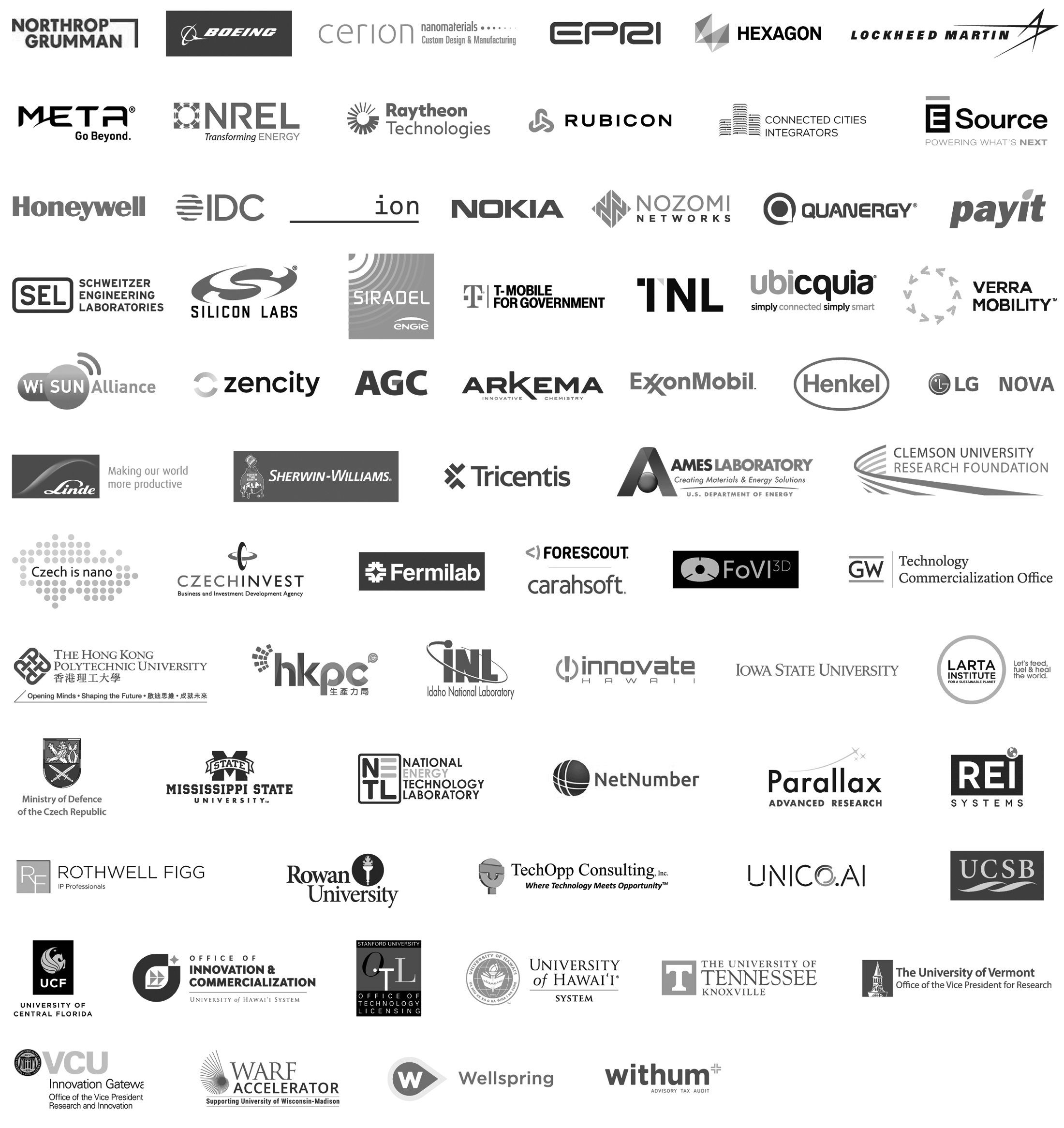2021 Innovation Showcase Participants
- Showcase Participants with Maturity: Proven Manufacturability and Industry Area: Energy, Infrastructure, Resilience
Solvent-Free Manufacturing Process for Lithium-Ion Battery Electrodes
A process has been developed for making lithium-Ion and other battery electrodes without solvents. Materials are charged electrostatically and sprayed onto heated and grounded metal foil. Cost savings are substantial. Small batches of batteries are more easily processes as well. Environmental impact is considerably lower.
Pulse Charging System
This is a high burst rate, low average rate, pulse charging system. The technology reduces the peak power and cost by letting the power supply charge over a longer time while still regulating the final load voltage accurately.
Lithium battery production
Manufacturing of robust lithium batteries
An eco-friendly smart coating to keep buildings cool without air conditioners
An innovative eco-friendly and low-cost solution is developed to keep buildings cooler under direct sunlight while consuming zero electricity. It provides a “smart” cooling mechanism that can both enhance daytime cooling and minimize nighttime heat loss using outer space as cold source and sky as a temperature regulator.
Low cost carbon application for lightweighting applications
Carbon fiber is used due to its high stiffness and strength, but is traditionally expensive and limited to aerospace and high end performance applications. Wide tow low cost carbon fiber provides high stiffness at low cost widening the applications for carbon fiber in a broad range of non-aerospace applications.
Rechargeable zinc manganese dioxide batteries
UEP has developed a safe, sustainable, and affordable zinc-manganese dioxide (ZnMnO2) battery system that outperforms commercially available competitors in various critical applications. The earth-abundant materials used in UEP batteries are the same found in primary alkaline batteries (e.g., AA), and are exceptionally safe for both humans and the environment.
Pure-Phase Cubic Ni1-xMox Alloy Nanoparticles as Low-Cost and Earth Abundant Electrocatalysts for Water Splitting to Produce Hydrogen
Nickel-Molybdenum Alloy Nanoparticles as Low-Cost and Earth-Abundant Electrocatalysts for Water Splitting








